Alkyd Resin Manufacturing Process | JCT Machinery
 Nov 16,2023
Nov 16,2023

 JCT
JCT
Alkyd resin is mainly composed of polyol, polybasic acid, fatty oil or fatty acid, catalyst, drier, reflux agent through alcoholysis, polymerization, widely used in paint production.
Alkyd Resin Manufacturing Process
1. Raw material preparation
The primary raw materials for alkyd resin production iinclude polybasic acids, and a fatty acid or oil. These materials are selected based on the desired properties of the final resin.
2. Weighing and mixing
The raw materials are accurately weighed according to the formulation recipe. They are then mixed together in a reactor or vessel. The mixing process ensures a uniform blend of the polyols, polybasic acids and fatty acids.
3. Heating and esterification
The mixed ingredients are heated to initiate the esterification reaction. During this reaction, the polyols react with the polybasic acids to form ester linkages. The fatty acids or oils are also esterified during this process.
4. Solvent addition
In some cases, solvents may be added to the reaction mixture to control the viscosity of the alkyd resin. Solvents can be introduced at various stages of the process to achieve the desired consistency.
5. Water removal
Water, a byproduct of the esterification reaction, is removed from the reaction mixture. This is typically achieved by distillation or other separation methods.
6. Cooling
After the esterification is complete, the alkyd resin undergoes a cooling process to bring it to the desired temperature.
7. Quality control
Throughout the manufacturing process, quality control checks are performed to ensure the alkyd resin meets sepcifications. This may include testing for viscosity, acid value, and other relevant properties.


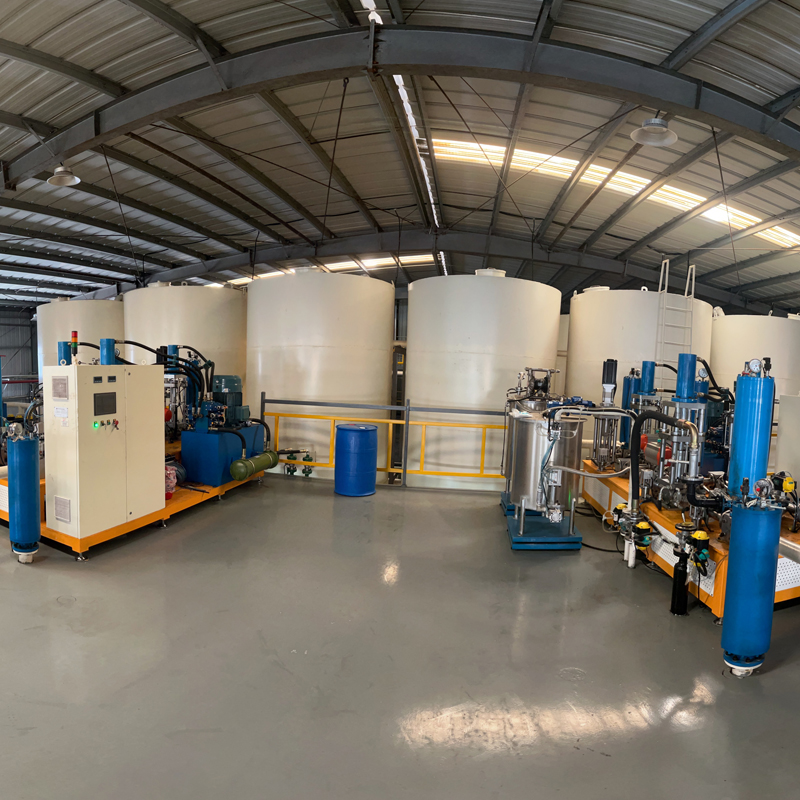
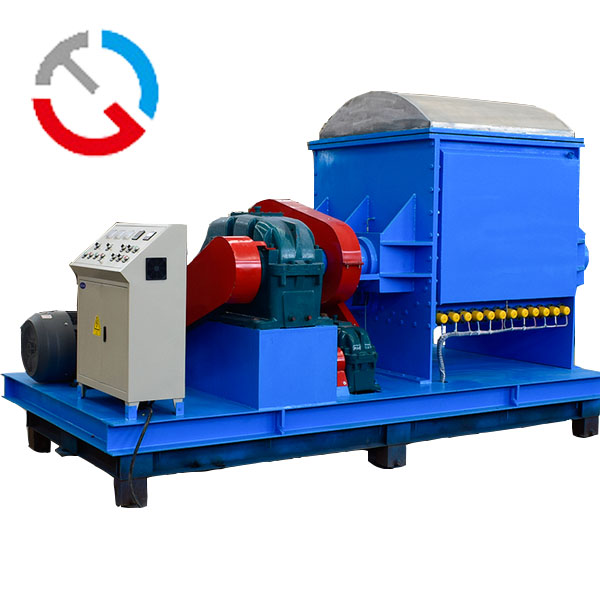
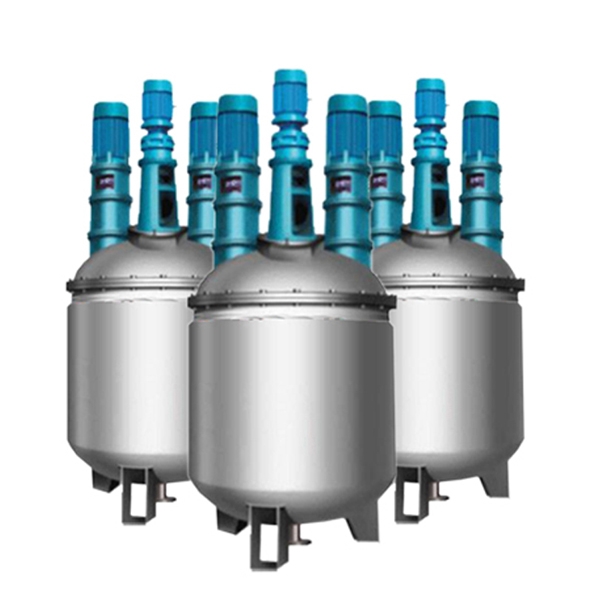
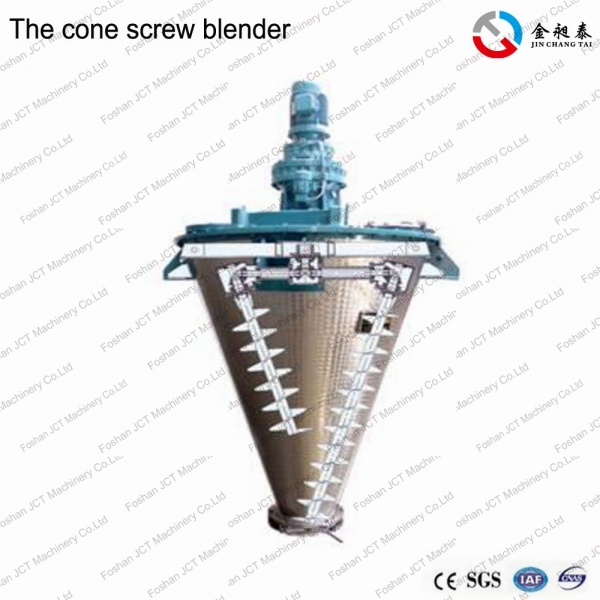


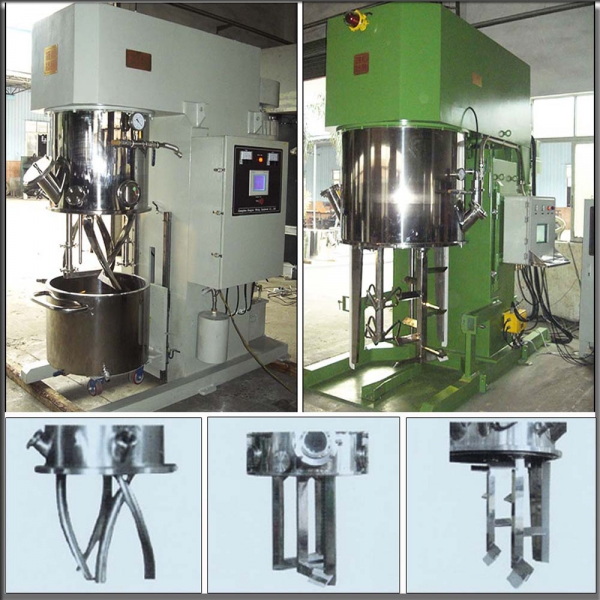





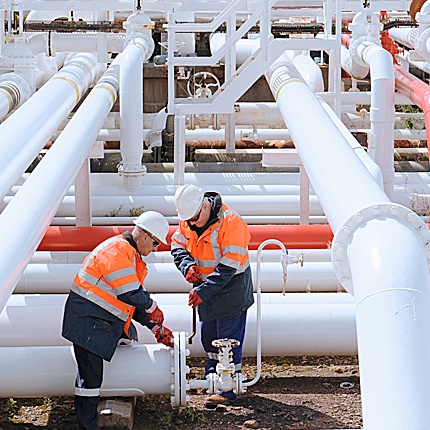

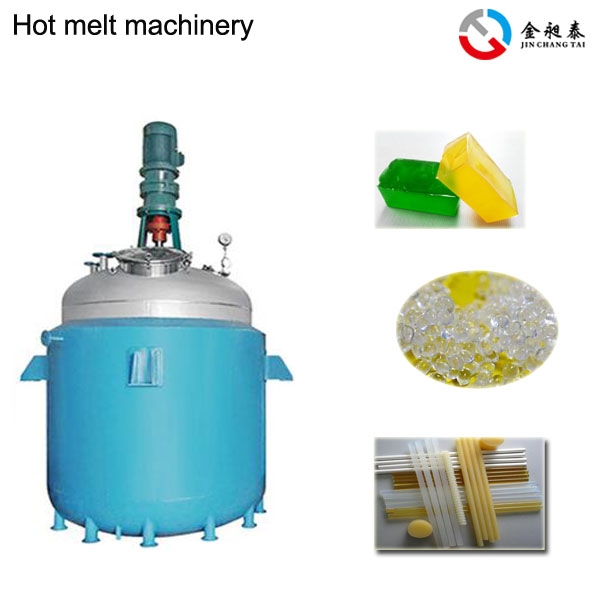
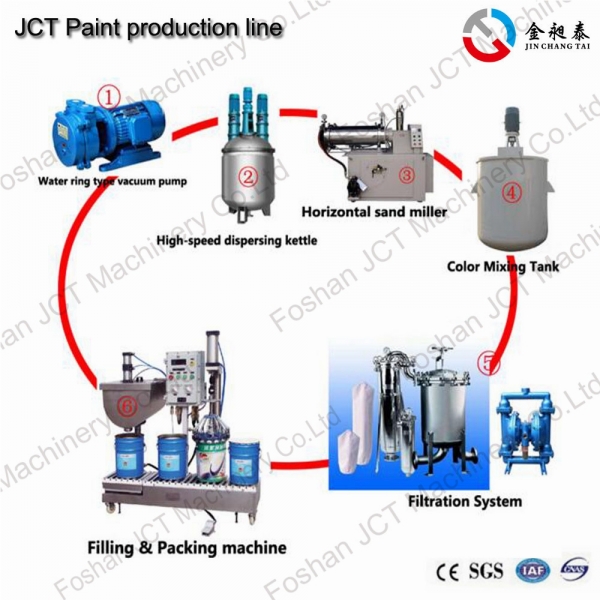
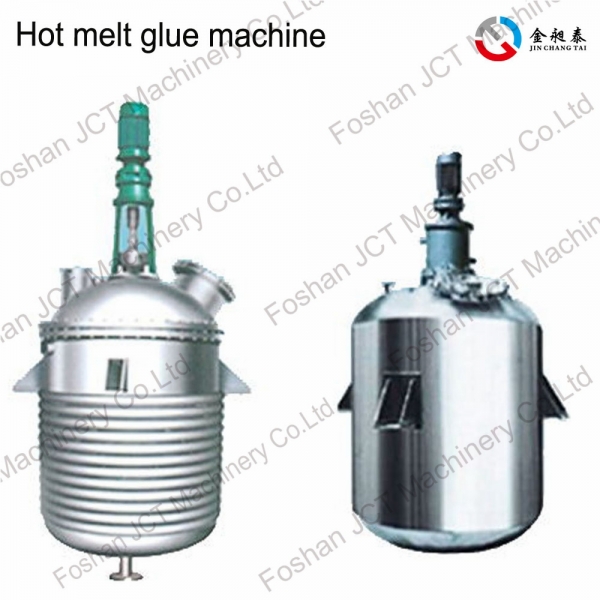
 CN
CN
 HOME
HOME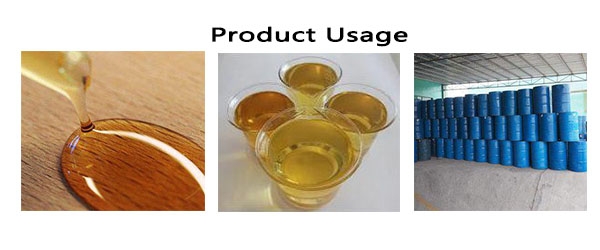
 Laboratory Kneader | JCT Machinery
Laboratory Kneader | JCT Machinery  You May Also Like
You May Also Like
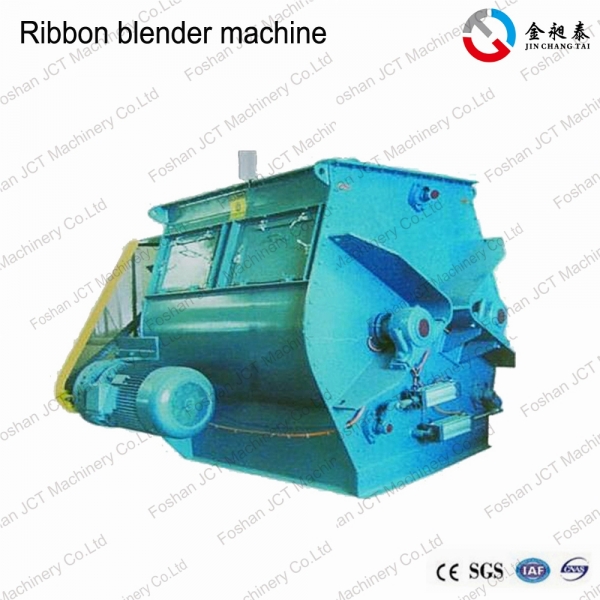

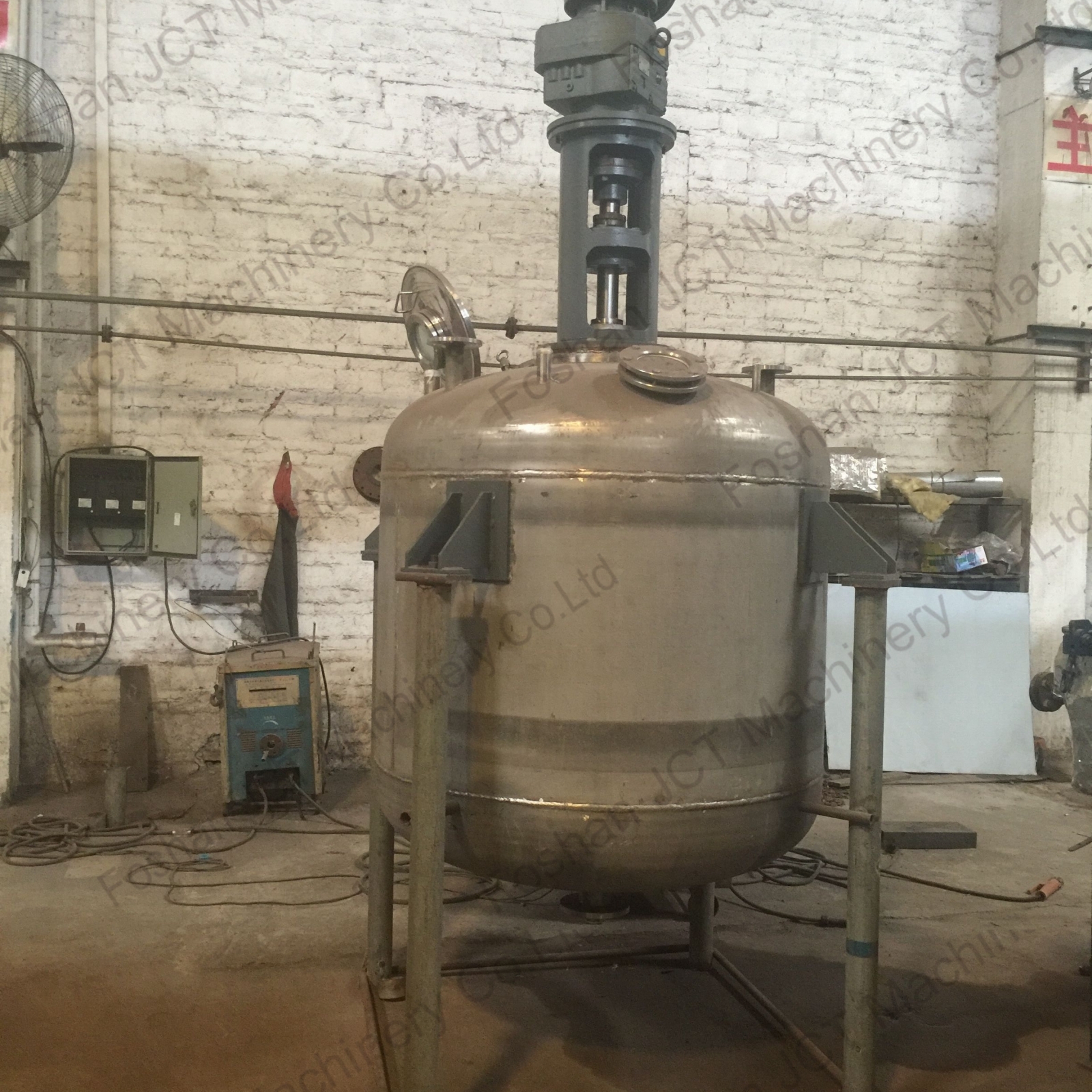
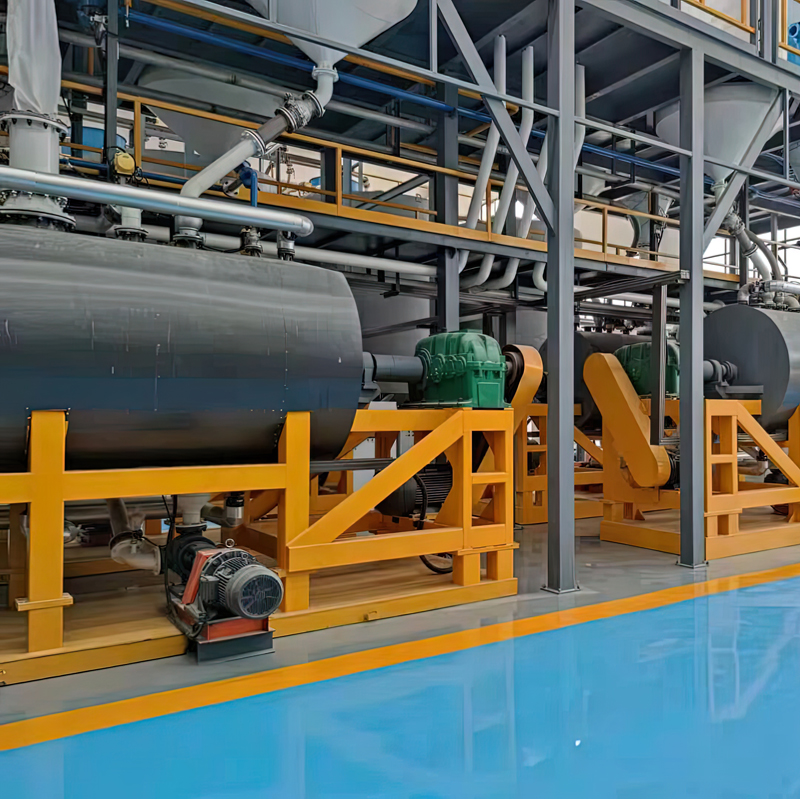
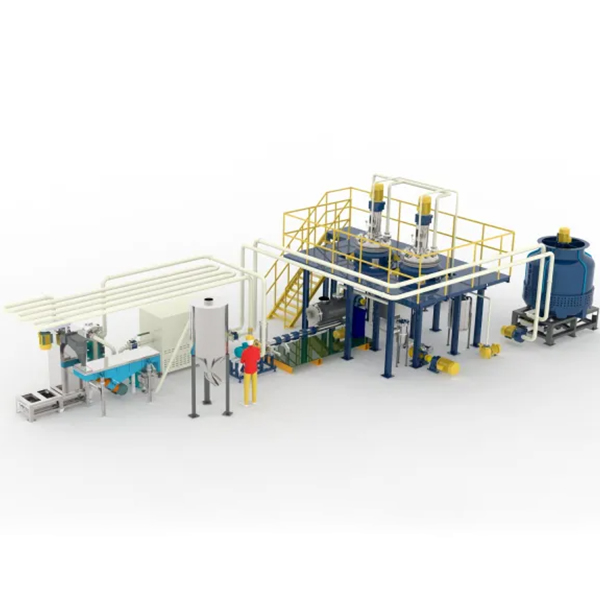

 Tel
Tel
 Email
Email
 Address
Address










